-
Captain America: Brave New World, 2025 - ★★★★
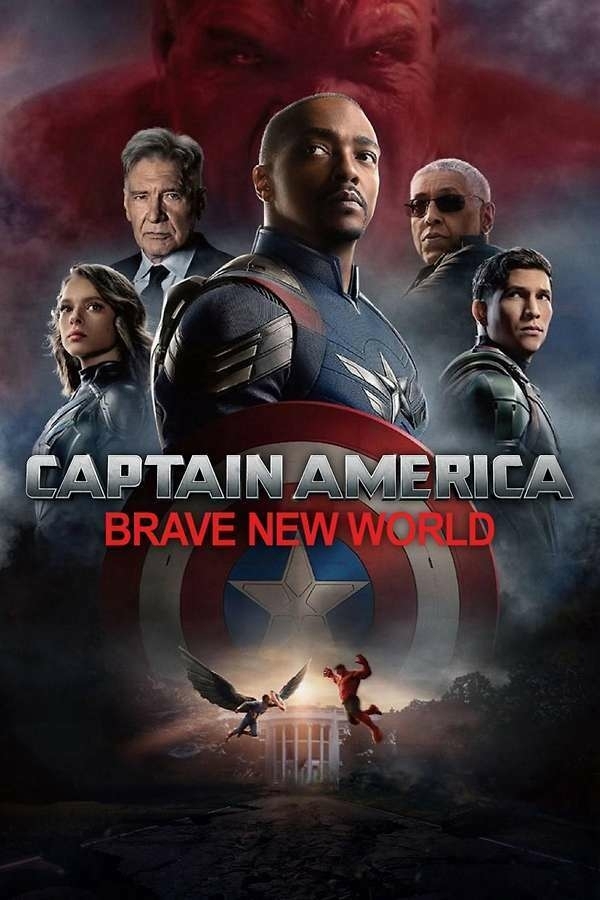
I really enjoyed this movie. Strong showing from Marvel in my assessment, although it lacked a single 'true villain' and created a number of parallel story elements that weren't fully developed across the arc. As a bonus, it even came with a cameo from my alma mater!
-
David Holmes: The Boy Who Lived, 2023 - ★★★★★
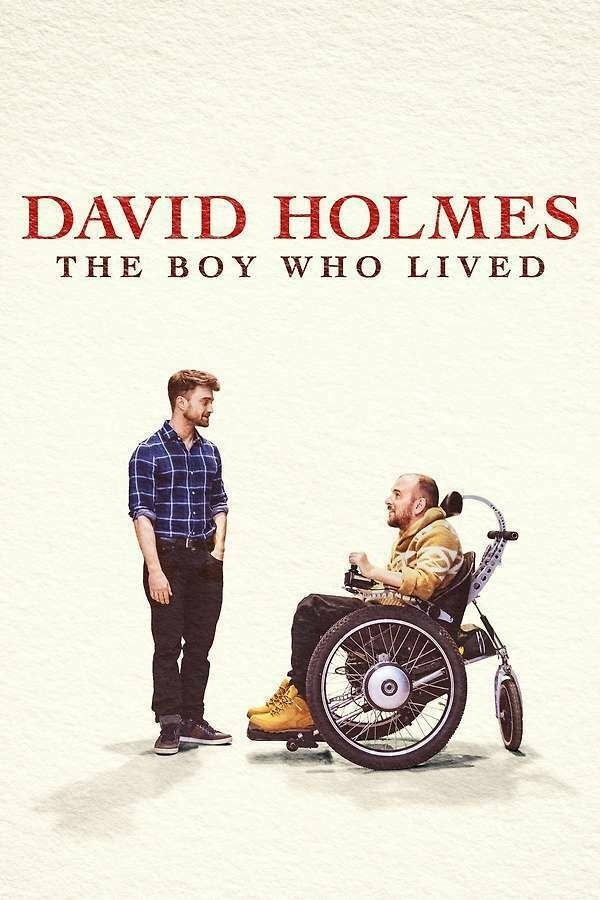
I'm so glad that this story has been told. Not much else to say. It's hard to do much other than root for David and appreciate the determination underlying his entire experience.
-
After last week’s storms, it’s frigid in Nashville today. Glad I didn’t put away my sweaters, perfect day for layering!
-
Just watched The Shitthropocene - Welcome to the Age of Cheap Crap — well played, Patagonia. Love to see thoughtful, values-driven, creative output from companies like this. Good for the soul.
-
Interstellar, 2014 - ★★★★★
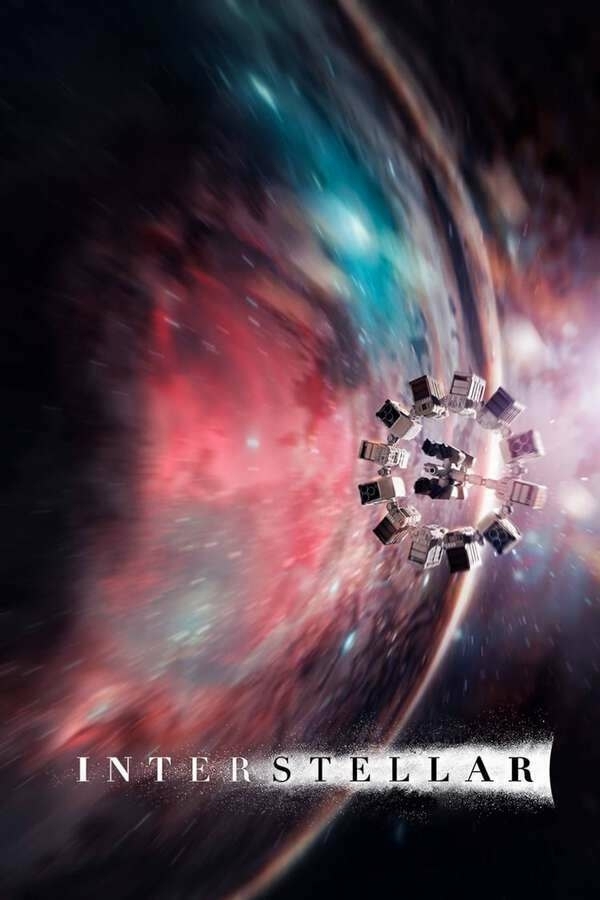
A masterpiece. Brilliant story while bending the mind, all the while remaining faithful to science.
-
The Bourne Identity, 2002
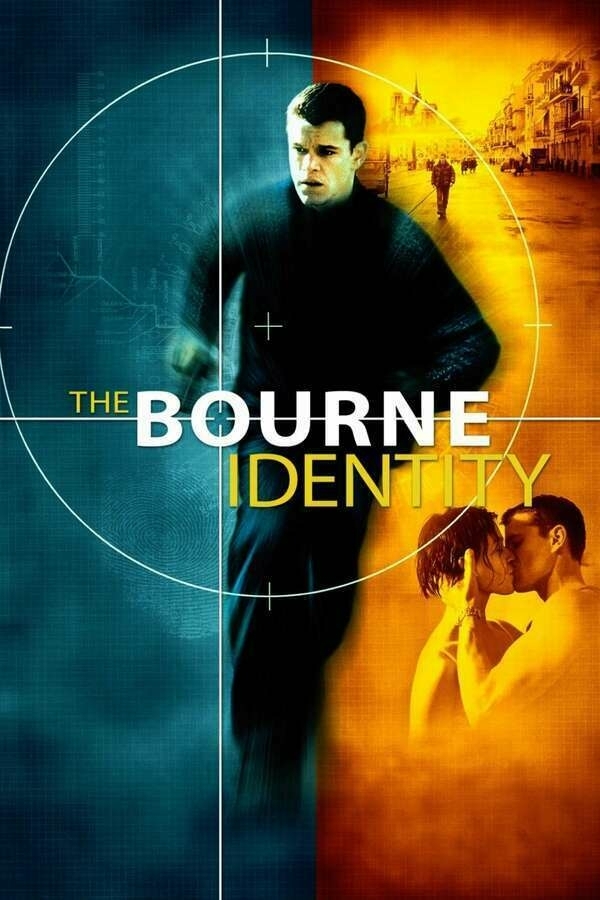
Watched on Wednesday January 22, 2025.
-
The Wild Robot, 2024 - ★★★★½
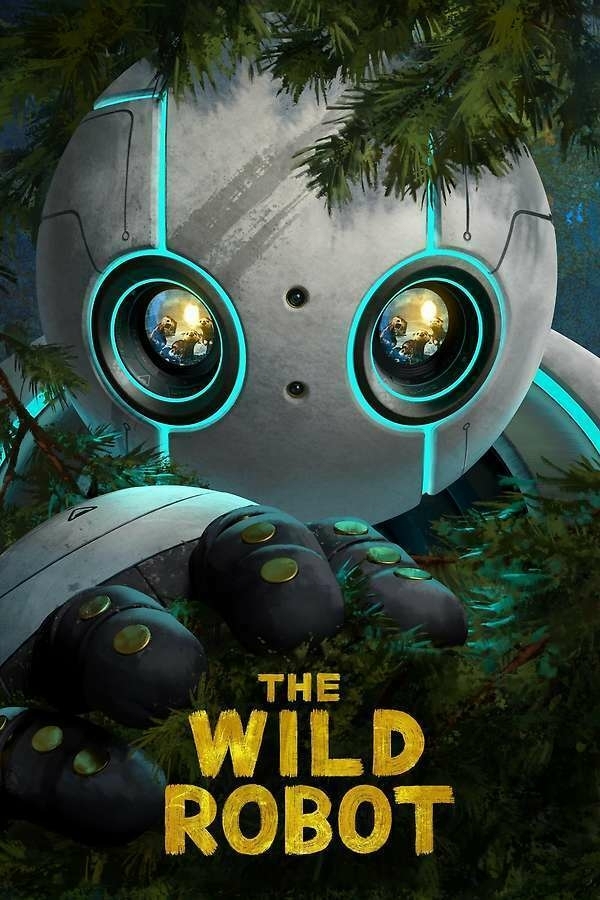
A lovely film in the theme of 'technology meets nature,' but with faithfulness to nature's beauty as the default state of affairs. Watching it brought back memories of the Iron Giant and other similar movies but provides a brand new storyline just the same, complete with beautiful animation.
-
Finished reading: Eat to Live by Joel Fuhrman 📚
My primary takeaway is to eat more natural / plant-based food. More concretely: I came away from the variety of factors Fuhrman presents with motivation around and some tricks to support implementing the changes to act accordingly.
One of the more interesting propositions was that the beneficial mechanisms behind the fruits and vegetables we eat aren’t fully understood just yet. This could explain why isolated nutrients (and activities / actions) often don’t achieve all of the benefits of the original source.
While the beginning comes across strongly and the overarching book is compelling, it criticizes the structure of arguments made by others but then seems to make those same errors later on in support of its own narrative. Walking away from the book, I’d say I enjoyed it and appreciated it as a front-loaded text with clear call-to-action.
-
Getting There Episode 007 - Mindset is up! Check it out here: fm.jaredigms.com/getting-t…
-
Was in Toronto for this year’s MedTech Conference and had a bit of time to explore!

-
Deadpool & Wolverine, 2024 - ★★★★
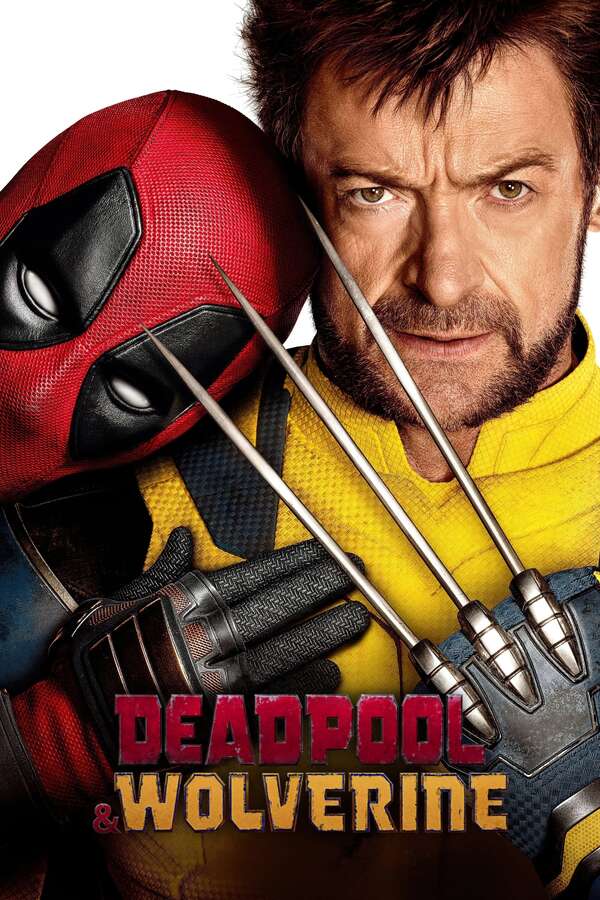
Great movie that takes Deadpool's 'superhero movie meta' commentary and shows even Marvel isn't above ridicule. Ryan Reynolds + Hugh Jackman made for a great combination and I hope we'll see more of them both in the future!
-
Bullet Train, 2022 - ★★★
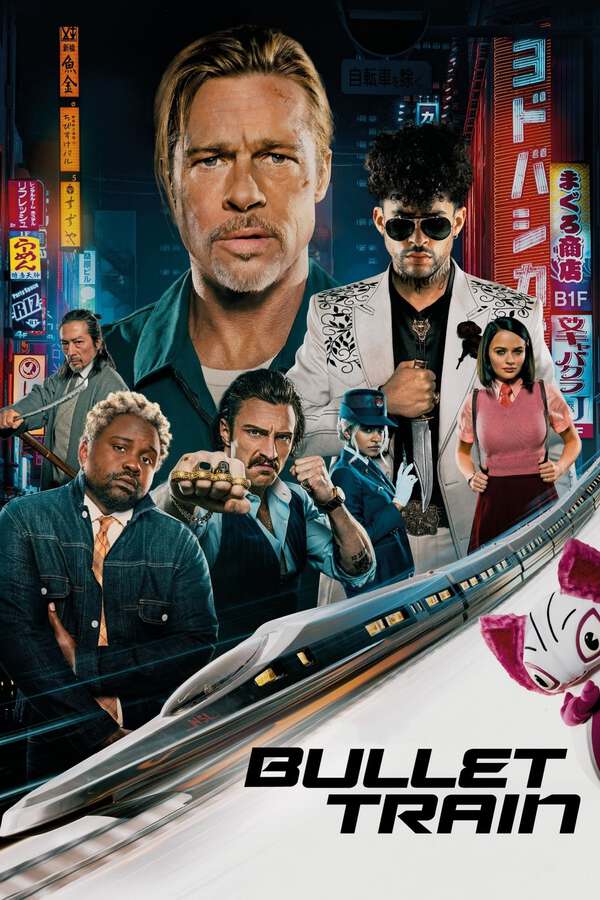
I consider this the pinnacle of a 3-star movie. Incredibly enjoyable and funny. Would recommend!
(Forgetting the exact date I watched this but I was talking about this movie and forgot the name and want to remember it next time.)
-
The Courier, 2020
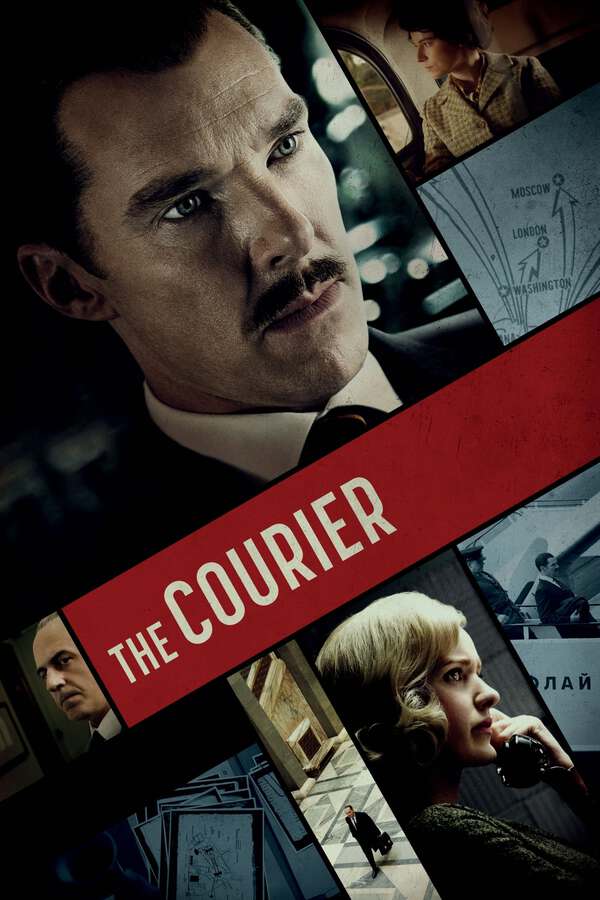
Watched on Friday April 19, 2024.
-
Deadpool 2, 2018 - ★★★★½

Really great sequel to the first. The film uses comedy and non-linear storytelling to an exceptional degree, which also allow it to make fun of and even capitalize on tropes which 'just make sense' for Deadpool but would be tired and belabored elsewhere. Altogether, I really enjoyed this movie.
-
Deadpool, 2016 - ★★★★
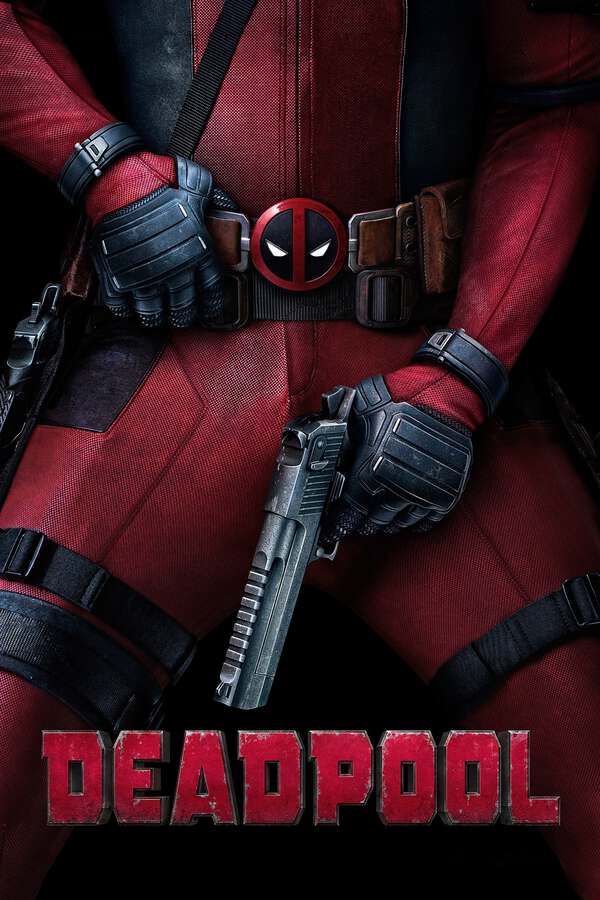
Really enjoyed this one — amusing but with a strong underlying storyline, brings flavors of Vonnegut in the rapid perspective and timeline shifts and Princess Bride in its tongue-in-cheek nature.
-
Finished reading: Measure What Matters by John Doerr 📚
Great look into the ‘origin story’ of OKRs as well as specific examples of them in action. Very helpful to understand the how and why behind OKRs, since many shorter posts gloss over the fundamentals and skip right to ‘building a spreadsheet.’
-
Dune: Part Two, 2024 - ★★★½
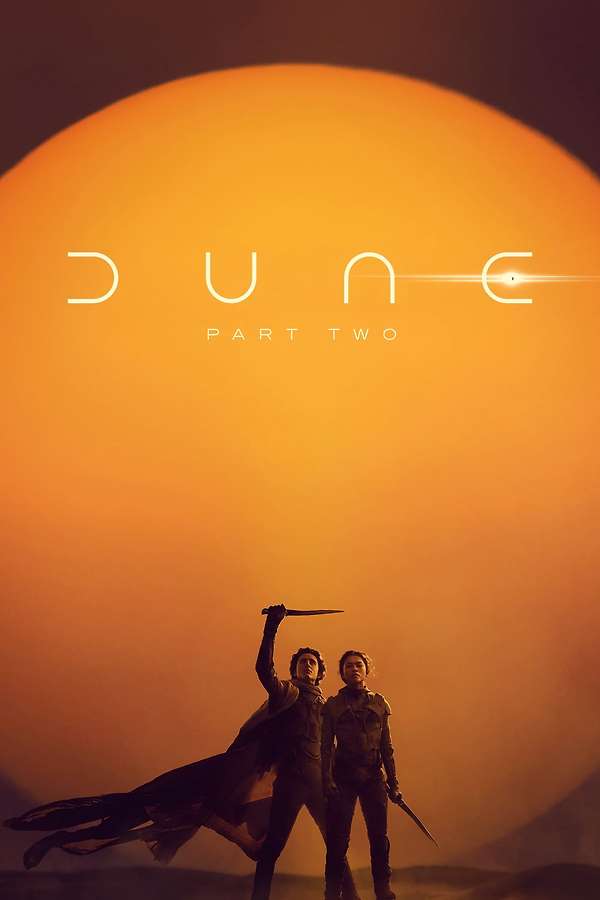
An incredibly cool story that comes across a bit unclearly at times. I really enjoyed the premise — the technology design fits the world very well and it truly seems to be a vast story. But it can be difficult to follow the introductions of new characters and concepts, as well as story development on a first watch. I'd say, ultimately, this movie got me excited to add the books to my reading list.
-
Finished with Journal V ✅ Onto the next one ✒️

-
Finished reading: Can’t Hurt Me by David Goggins 📚 The right story at the right time. A call to action that resonated deeply within me, with a story that challenges the reader to be the best.
-
May 2024 Ballroom Dance Showcase at the Franklin Theatre! youtu.be/5YZ2DRxlS…
-
Finished reading: Be Useful by Arnold Schwarzenegger 📚
‘Follow up and follow through’ is a great mantra and possibly my favorite takeaway. More reflection to do on the ideas around setting a vision for everything I do and being fully accountable to said vision.
-
Green Bananas
The best way to throw out bananas is to not eat them.
The best way to not eat bananas is to wait until they’re ripe (read: forget about them until they’re way-past-ripe).
Honestly, I prefer bananas they’re just a bit green. I really enjoy the bit of bite (can I say al dente?), the not-super-sweetness, the peel that doesn’t leave strings along the banana.
What this also means is that I get first choice — over everyone who waits for them to ripen.
It’s the same with opportunities – after all: the early bird gets the worm [when it] seize[s] the day.
Not because that bird is inherently better or because the worm is inherently tastier.
But that the bird already got that worm, and the rest is pure profit even if it’s at the same rate as the other birds.
Opportunities you recognize first are often also ones where you can capitalize better than others.
That’s not to say go eat a tree branch because it’ll grow a banana someday.
That’s to say: go do that 100%, IF AND ONLY IF you also enjoy that.
More than an adage to wake up early, maybe ‘the early bird gets the worm’ is a testament to that bird knowing its comparative advantage.Because the bird that stays up late enough beats out the early bird in some cases — after all, clocks are circular and night becomes day just as day becomes night.
That’s to say, the goal is to recognize the game (or banana) that fits your tastes, rather than to align your tastes with the banana.
The former is coherence, the latter is compliance.
-
Americas Competitiveness Exchange - Michigan
Wow! That’s the only word that can adequately summarize last week as part of the Americas Competitiveness Exchange delegation.
Surveying the Michigan landscape and all it has to offer, checking out specific companies driving change, and seeing the schools that are delivering some proud alums (thankfully I’m not blue/green colorblind 😂).
The people, though, were the true highlight of my experiences (surprisingly and controversially, even over the 6:30a daily departures). Decision makers from across and some beyond the Americas where the passion for supporting our respective economies and communities was deeply apparent.
I look forward to continuing the conversation as we work to grow the healthcare and entrepreneurial ecosystems spanning the continents!
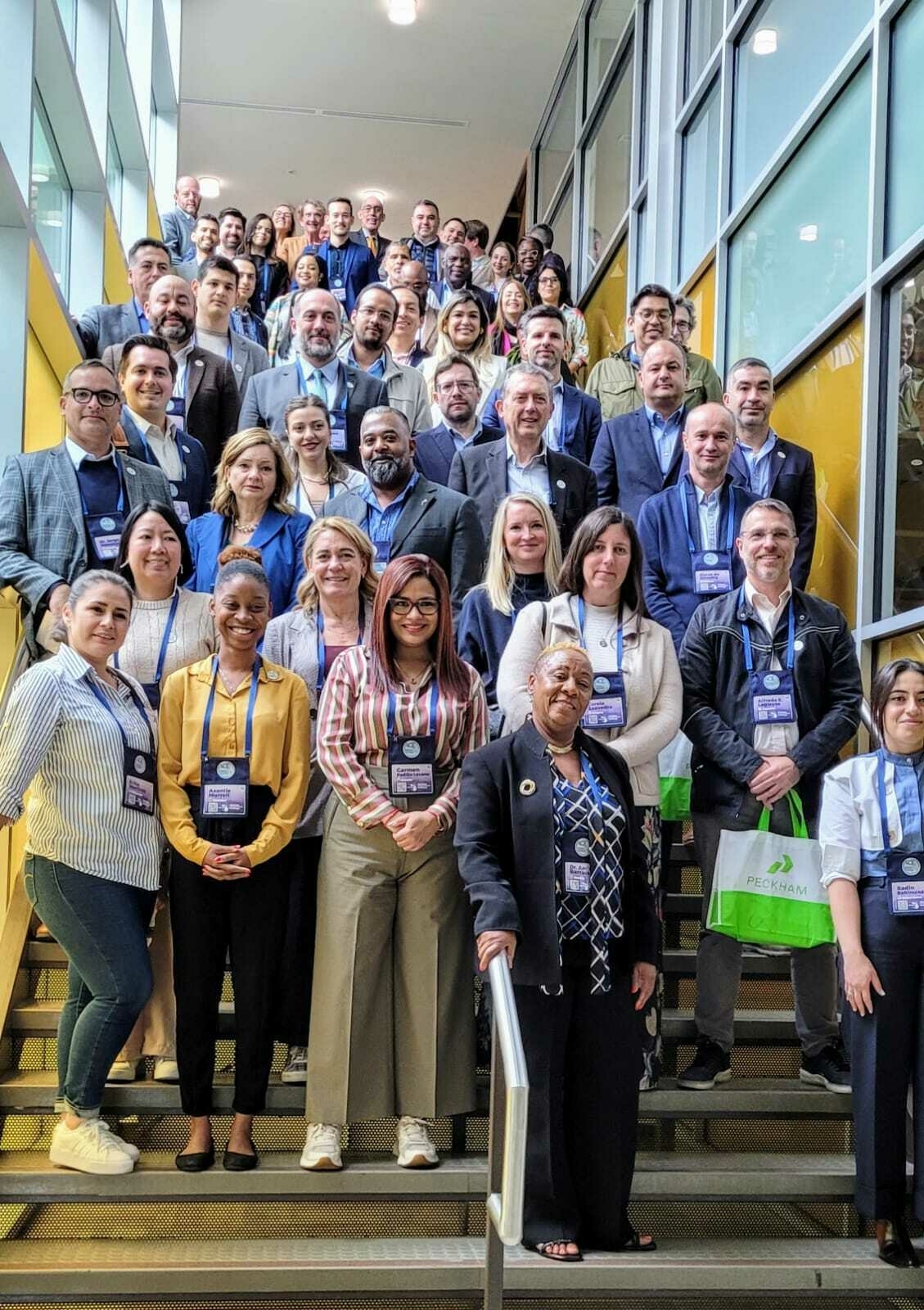


-
Death, Lonely Death — Crooked Timber
Voyager stored its internal data on a digital tape recorder. Yes, a tape recorder, storing information on magnetic tape. It wasn’t designed to function at a hundred degrees below zero. It wasn’t designed to work for decades, winding and rewinding, endlessly re-writing data. But it did
What we build and how we build it matters… even if we don’t know the what, how, or why just yet… but sometimes we find ourselves pleasantly surprised
-
Joker, 2019 - ★★★★★

Awesome movie! Really enjoyed it and kept me wondering (and attempting to guess) what comes next. Portrays the Joker in a really interesting light in comparison to the rest of the city at large.
subscribe via RSS